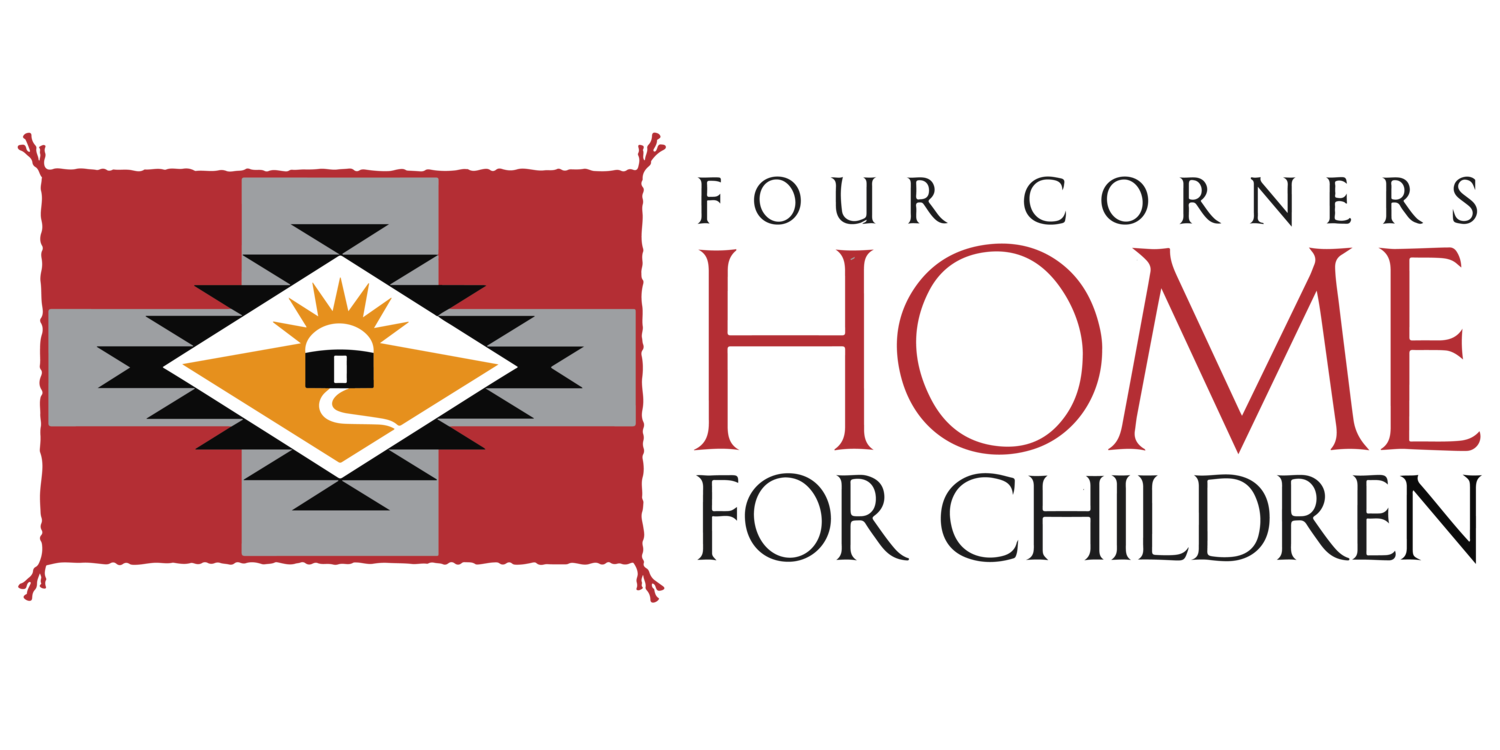The Navajo People
According to Navajo mythology, “The People” (Dine) as they call themselves, came into this world after escaping four underworlds. Here these early men, or the “holy ones,” created four mountains, today called Sierra Blanca Peak in Colorado, Mount Taylor in New Mexico, San Francisco Peak in north-central Arizona, and Mount Hesperus. These mountains made the boundaries for Navajoland.
Historians say that the Navajo descended from bands of hunters and warriors who intermarried with the Pueblo Indians from whom they adopted such crafts as pottery-making and weaving.
Anthropologists tell us that the Navajo belongs to the Athabascan group, probably the last family to cross the Bering Straits and migrate south.
The Spanish, who first came to this country in the 1530s, brought the horse, silver work and stock raising. They also attempted to subdue and enslave the Navajo, but by 1680 the Spanish were forced to withdraw completely from the land of the Navajo. In 1848, Navajoland, together with much of the Southwest, became the property of the United States by virtue of their victory over Mexico. Two years later a treaty with the Navajo provided that the United States was to protect the Navajo and the tribe was to be subject to the laws of the United States. The new treaty did not, however, bring any better treatment for the Navajo than that to which they had been accustomed to under the Spanish and Mexican rule. The period between the Mexican and Civil Wars was one of confusion and hostile action. To protect the settlers, the government set out on a policy to rid the territory of the “savages.”
Under Kit Carson, the U.S. Army set out on a “scorched earth” campaign in which every field, stone house and hogan was burned. Starving, the Navajo surrendered. Suffering from disease and starvation, over 11,000 Navajos were forced to march from Fort Wingate to Bosque Redondo. In the 400-mile journey over rough terrain, many died, some were shot by the soldiers, others fell into slavery. So awful is the memory of this degrading treatment that even today it is referred to as “the Long Walk.” In the four years of captivity, 2,000 Navajos died before a new treaty was signed in 1868, allowing the Navajo to return to their homeland. Only one fifth of their land was returned to them.
By the turn of the century, the tribe had grown to 19,000. Theodore Roosevelt added four million acres more, but Taft took much of this away. By 1934, an additional million acres was added and today the Reservation is made up of 12.5 million acres lying in Arizona, New Mexico and Utah.
Until the coming of the U.S. soldier, the Navajo had no unified political structure or single leader. Their matriarchal system was made up of families or bands of people whose leaders, called “noatoanii” (speech makers), were chosen by the group or clan and removed by the same process.
The Roman Catholics were the first missionaries to Navajoland, coming with the Spanish. Soon after the “Long Walk” came the Methodists, Presbyterians, the Christian Reformed, then the Baptists, and Episcopalians. In more recent years, independent missions have come to Navajoland and today an emerging national church is beginning to be formed.



